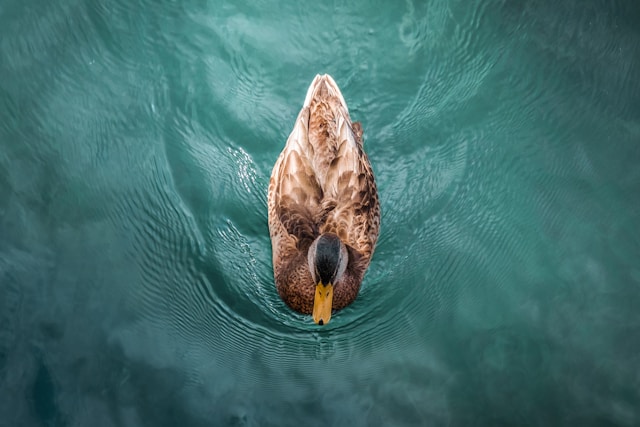
Category: Wildlife Rehabilitation
-

Animal Assisted Healing
Read More: Animal Assisted HealingIn 1956, a unique form of therapy involving animals was gaining recognition as a means to promote healing and improve emotional well-being. The practice, known as “animal-assisted therapy,” was still in its early stages but would go on to play an important role in medicine, particularly in paediatric care.
-

Wild Talk with Animal Welfare Society
Read More: Wild Talk with Animal Welfare SocietyThe Animal Welfare Society of South Africa, colloquially known as AWS Philippi, was established in 1929. Since its inception 95 years ago it has never turned any animal in need away and this includes wildlife. A lessor known fact is that in 1993 we admitted and successfully reared an orphaned two day old Zebra Colt…
-

Morphic Resonance Learning
Read More: Morphic Resonance LearningExploring ‘Morphic Resonance Learning’ in Wildlife Rehabilitation The ultimate goal of wildlife rehabilitation is to return a healthy and well adjusted animal back into the wild. Behind the scenes lies an intricate dance of science and intuition, where caregivers strive not just to heal the body, but also to nurture and protect the spirit and…
Search
Popular Posts
-
Give A HOOT! [Watch]
Grace Valley Wildlife Rescue Gears Up for Owl Breeding Season At Grace Valley Wildlife Rescue, we’re heading into one of the most exciting and busiest times of the year: Spotted Eagle Owl breeding season. These incredible birds are vital to our local ecosystems. A single owl family can eat up to 3,000 rodents a year,…
-
Grysbok saved from dog attack
Thanks to an alert and caring Greyton resident who came out in the middle of the night to see what all the squealing was about, this little Grysbok was rescued from attacking dogs. He was kept safe overnight and this morning I was able to respond. Puncture wounds and broken bones can heal but there…
-
Going Batty [Watch]
Watch our first Going Batty Webinar to learn some fun and fascinating facts about bats, how they help us – and the environment – and most importantly, how we can help them!




![Give A HOOT! [Watch]](https://gracevalleyhaven.co.za/wp-content/uploads/2025/05/Spotty.jpg)

![Going Batty [Watch]](https://gracevalleyhaven.co.za/wp-content/uploads/2024/04/trevor-gerzen-jC8uzTM8PlM-unsplash-1.jpg)